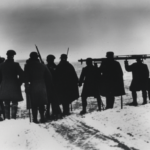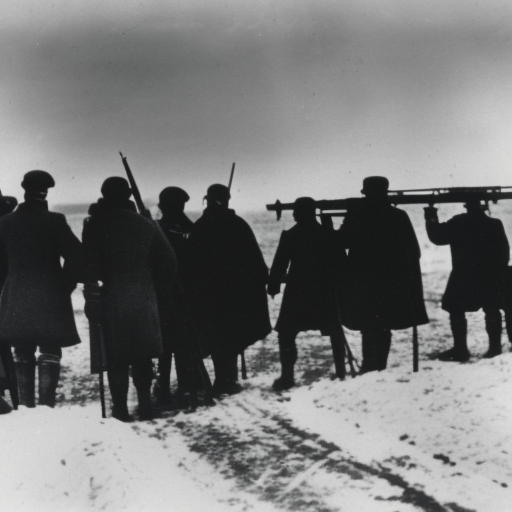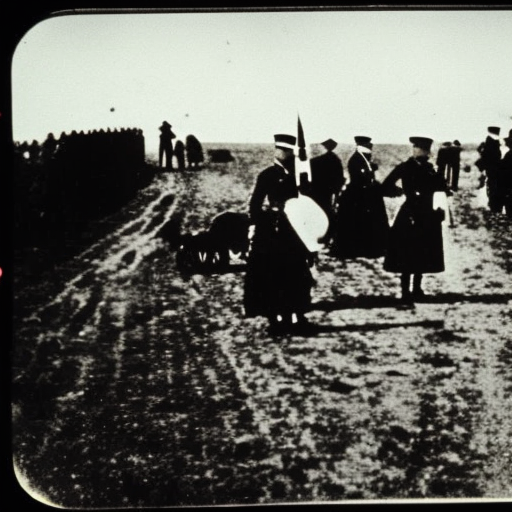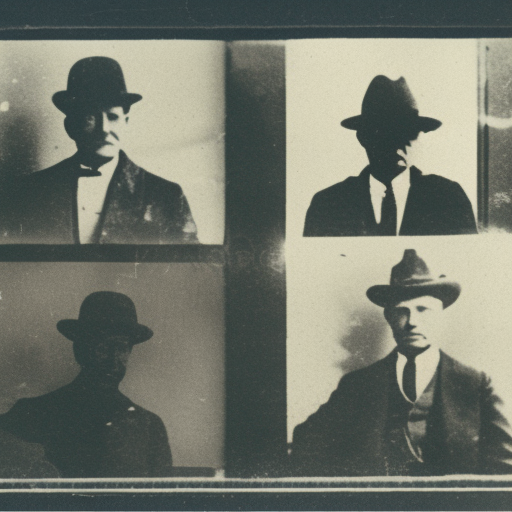The Treaty of Brest-Litovsk (1918)
The Treaty of Brest-Litovsk, signed on March 3, 1918, was a peace treaty between the new Bolshevik government of Soviet Russia and the Central Powers during World War I. It marked the end of Russia’s participation in the war and resulted in significant territorial losses for the Russian Empire.
Background:
By 1917, Russia was facing internal turmoil due to the effects of World War I and the February Revolution. The Bolsheviks, led by Vladimir Lenin, seized power in October and established a socialist government. However, the new government faced opposition from various factions, including anti-Bolshevik forces known as the White Army. In addition, Russia’s military situation was dire, with the country experiencing heavy losses on the Eastern Front against the Central Powers.
Negotiations:
In an effort to secure peace and consolidate their power, the Bolshevik government initiated negotiations with the Central Powers. The negotiations took place in the city of Brest-Litovsk, located in present-day Belarus. The Central Powers, consisting of Germany, Austria-Hungary, Bulgaria, and the Ottoman Empire, had the upper hand in the negotiations due to their military superiority.
Terms of the Treaty:
Under the terms of the Treaty of Brest-Litovsk, Russia ceded significant territories to the Central Powers. The treaty recognized the independence of Ukraine, Belarus, Finland, and the Baltic states, which were previously part of the Russian Empire. Russia also lost control over large portions of its western territories, including Poland, Lithuania, Latvia, and Estonia. In total, Russia lost around 1 million square miles of territory and approximately one-third of its population.
Impact:
The signing of the Treaty of Brest-Litovsk had far-reaching consequences. It allowed the Central Powers to redirect their forces from the Eastern Front to the Western Front, where they hoped to achieve a decisive victory. The treaty also weakened the Bolshevik government, as many Russians viewed the territorial losses as a betrayal of national interests. This contributed to the rise of anti-Bolshevik sentiment and the subsequent Russian Civil War.
International Reactions:
The signing of the treaty caused concern among the Allies, who feared that the Central Powers would gain a significant advantage. In response, the Allies established the Supreme War Council to coordinate their efforts and plan for the post-war period. The treaty also had repercussions for the future of Eastern Europe, as the territorial changes laid the groundwork for future conflicts and tensions in the region.
Revocation:
The Treaty of Brest-Litovsk was short-lived. Following the defeat of the Central Powers in World War I, the treaty was nullified by the Treaty of Versailles in 1919. The territories that had been ceded to the Central Powers were returned to Russia or became independent nations. However, the treaty had a lasting impact on the political and territorial landscape of Eastern Europe.
In conclusion, the Treaty of Brest-Litovsk marked the end of Russia’s involvement in World War I and resulted in significant territorial losses for the Russian Empire. The treaty weakened the Bolshevik government and contributed to the outbreak of the Russian Civil War. It also had international repercussions, leading to the establishment of the Supreme War Council by the Allies. Although the treaty was eventually nullified, its consequences shaped the future of Eastern Europe.












